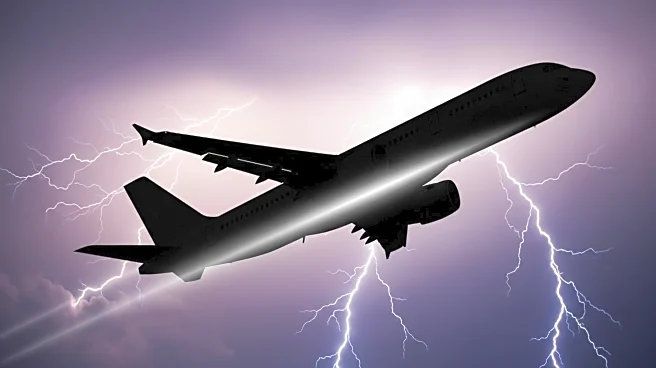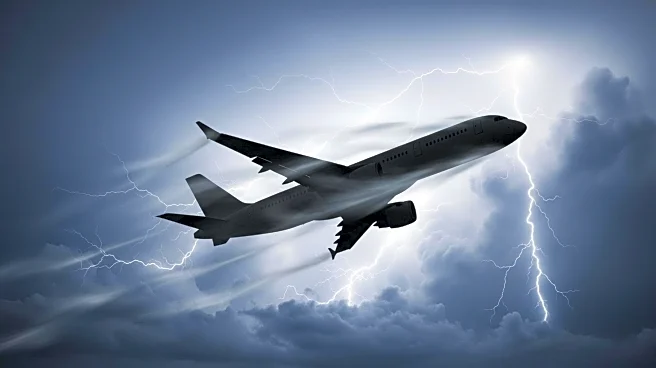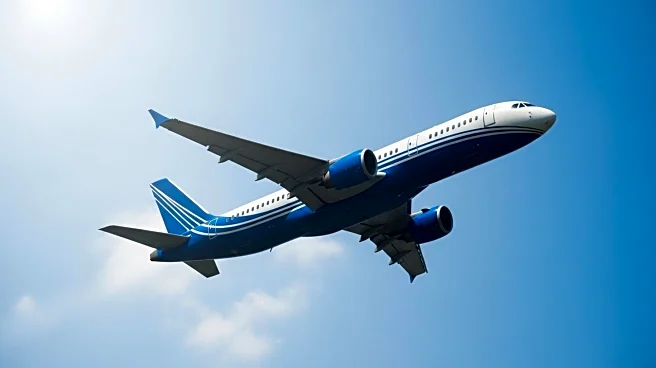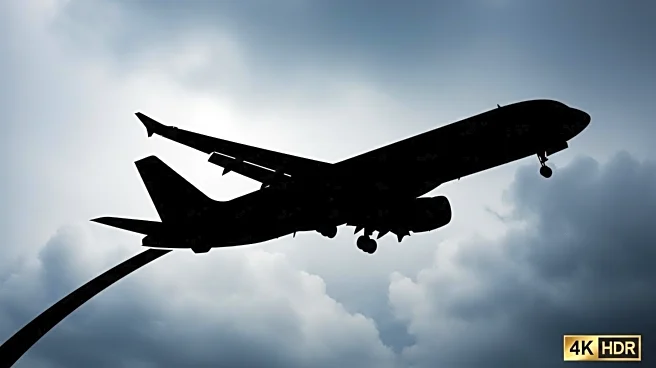What's Happening?
Spirit Airlines has filed for bankruptcy protection for the second time in less than a year. The airline, known for its low-cost flights, is seeking relief from its debts after previously emerging from Chapter 11 bankruptcy. This development comes as the airline industry continues to face challenges, including fluctuating fuel prices and changing travel demands. Spirit Airlines has been struggling to maintain its operations amidst these pressures, leading to its repeated financial difficulties.
Why It's Important?
The bankruptcy filing by Spirit Airlines is significant as it affects both travelers and employees. For travelers, this could mean disruptions in flight schedules and potential cancellations, impacting travel plans. Employees may face uncertainty regarding job security and potential layoffs. The airline's financial instability also highlights broader challenges within the industry, such as the need for sustainable business models and adaptability to changing market conditions. This situation may prompt other airlines to reassess their strategies to avoid similar financial pitfalls.
What's Next?
As Spirit Airlines navigates its bankruptcy proceedings, stakeholders will be closely monitoring the airline's restructuring plans. The company may seek to renegotiate contracts, reduce operational costs, and explore potential mergers or partnerships to stabilize its finances. Regulatory bodies and industry analysts will be watching to ensure compliance with bankruptcy laws and to assess the impact on the competitive landscape of the airline industry. Travelers and employees will be awaiting updates on how the airline plans to address their concerns and maintain service continuity.











